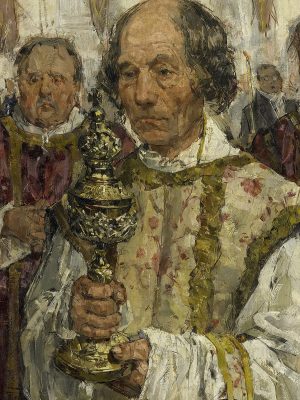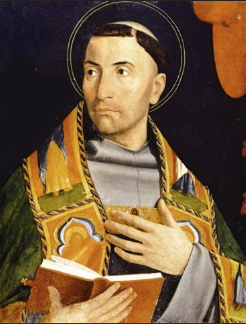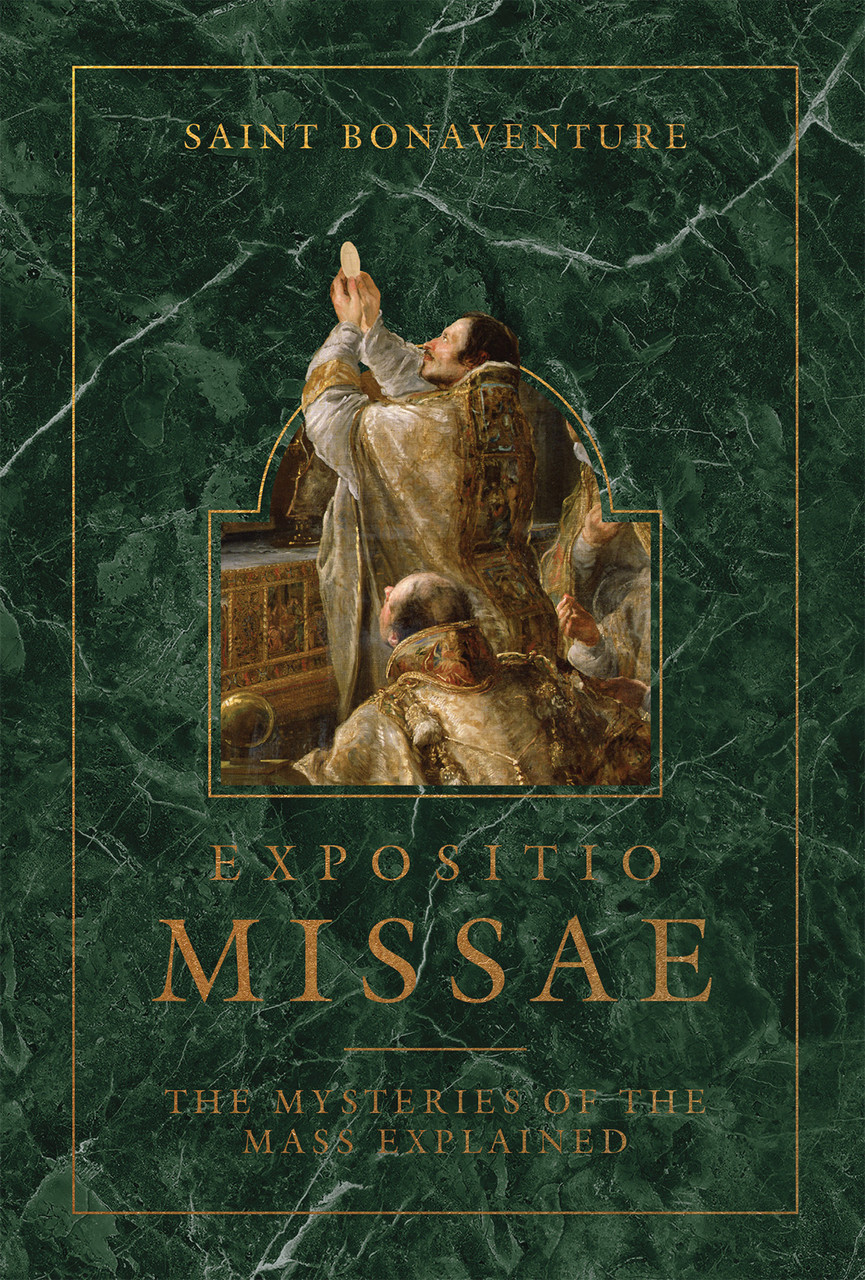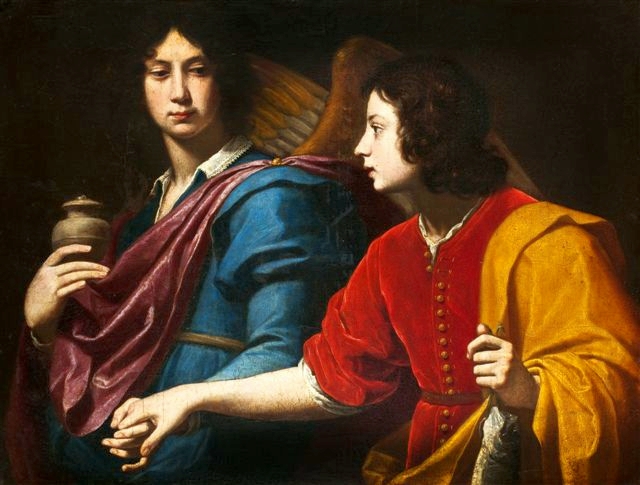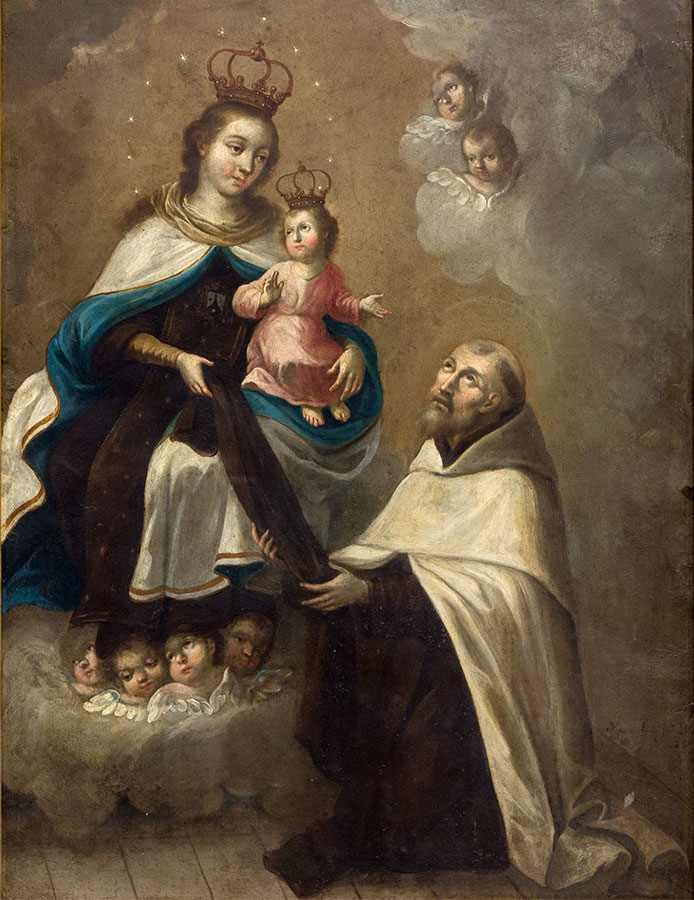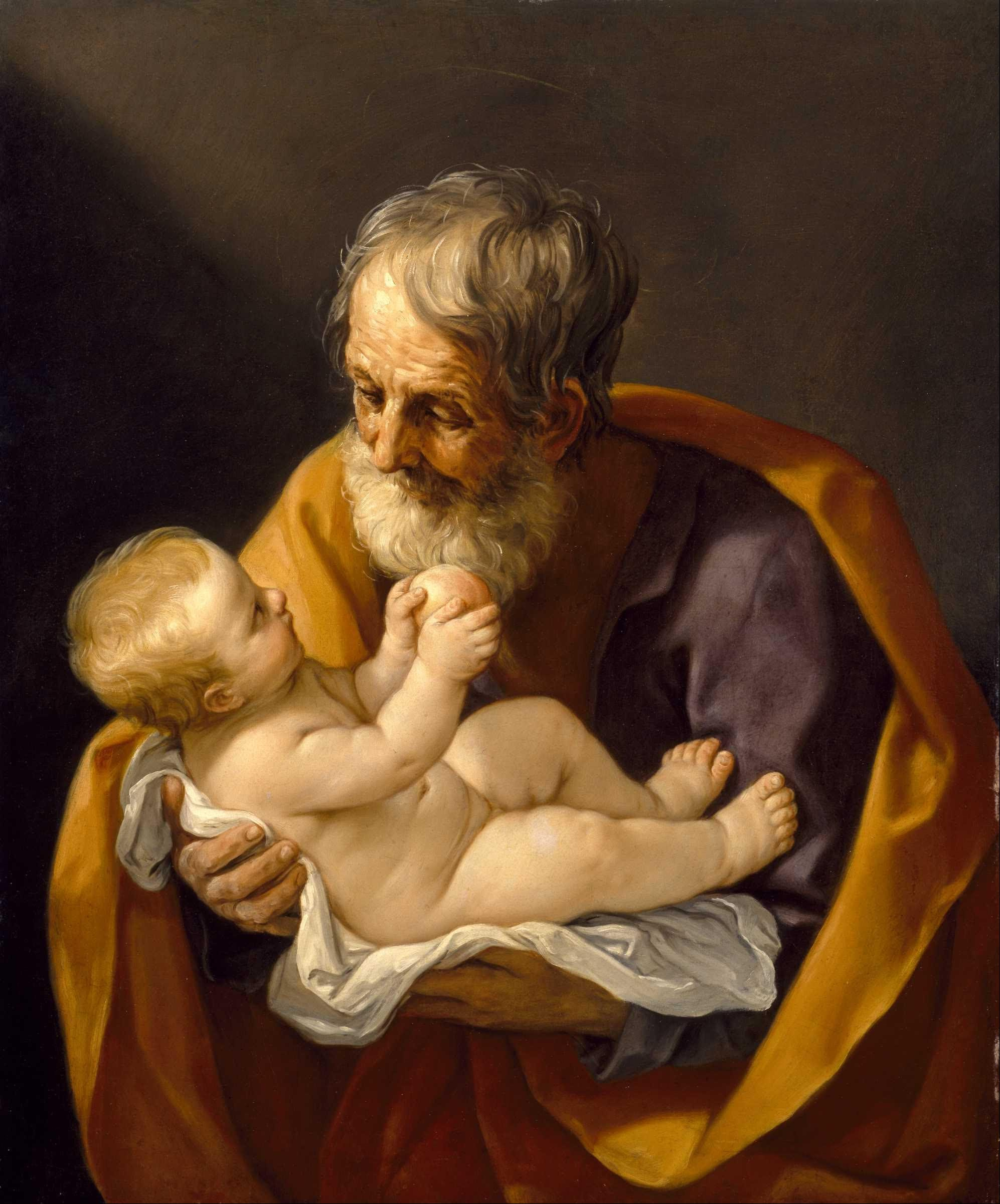In Expositio Missae, Saint Bonaventure the Seraphic Doctor illuminates the mysteries of the Mass, from the Kyrie to Holy Eucharist, delving into every layer of mystical meaning. Discover the Christly virtue embodied by each of the priest’s vestments in this excerpt.
The apostle Saint Paul, in his Epistle to the Hebrews, speaks of “Christ standing as our High Priest.” For He is indeed our true High Priest. And so immense is Christ’s priestly dignity that everything which bishop and priests do in the celebration of Mass represents Him in some manner. As I know that you, O Reader, wish to hear the most holy Mass with the greatest possible devotion and reverence, I shall write to you on what the words and actions of the Mass signify, and how they represent the person and actions of Our Lord Jesus Christ.
The Vestments
It is to be noted that firstly the priest puts on the amice. This item, which extends to the shoulders, is regarded as one of the sacred vestments. Following this, he robes himself with an alb, and girdles himself with a cincture. He then places a maniple over his left arm. He then drapes a long stole around his neck, and finally puts on the chasuble.
Amice
We will briefly explain what each of these vestments signify. The amice, covering the upper body, represents Christ as Head of the Church, Who concealed His divinity beneath the veil of His humanity.
Alb
The alb, which is white and clean, signifies the purity of Christ, of Whom Saint Peter said, “He committed no sin, and there was no deception to be found in His mouth.” Such cleanness from the stain of sin is imparted by Christ to each one of us through the sacrament of Baptism. The linen fabric of the alb is made clean by washing it in water, corresponding to the purifying action of the waters of the baptismal font.
Cincture
The cincture symbolizes the virginity of both Christ and His most chaste Mother. Our Lord similarly exhorts us all to cultivate such chastity and purity, insofar as we are able, when He said, “Let your loins be girded!”
Maniple
The maniple, placed on the left arm, symbolizes the humility and meekness of Christ during His earthly life. But it also signifies His readiness for battle and His courage in combat. For Our Lord indeed fought bravely for justice and truth, and He single-handedly conquered the world and overturned the dominion of the devil. In this regard, the maniple may be viewed as a representation of a shield, equipping the one who bears it for battle for the sake of justice. And Christ urged us to be ready for such warfare, when He said, “Blessed are those who suffer persecution for the sake of justice.”
Stole
The long stole, which is placed around the neck and hangs before the heart and then extends to the feet, signifies the obedience of Christ and His voluntary servitude for the sake of our salvation. For He, so that He might save us from eternal damnation, “became obedient to the Father unto death, even death on the cross.” This is symbolized by the form of the cross, which is customarily embroidered onto the stole where it passes over the chest. The design of the cross over the heart of the priest serves to remind all the assembly that we also ought to carry the passion of Christ in our heart at all times.
Chasuble
The chasuble (casula), which means literally “a small house,” (parva casa) signifies Christ as filling both heaven and earth, just as He declared through the prophet, “Heaven and earth I have filled.” It also symbolizes the all-encompassing charity with which we ought to love our friends in God, and our enemies because of God. Christ taught us this holy lesson both by word and by example. For in the Gospel of Matthew, it is recorded that He said, “Love your enemies, and pray for those who persecute you.”
ooo
This article is taken from a chapter in Expositio Missae by Saint Bonaventure which is available from TAN Books.


